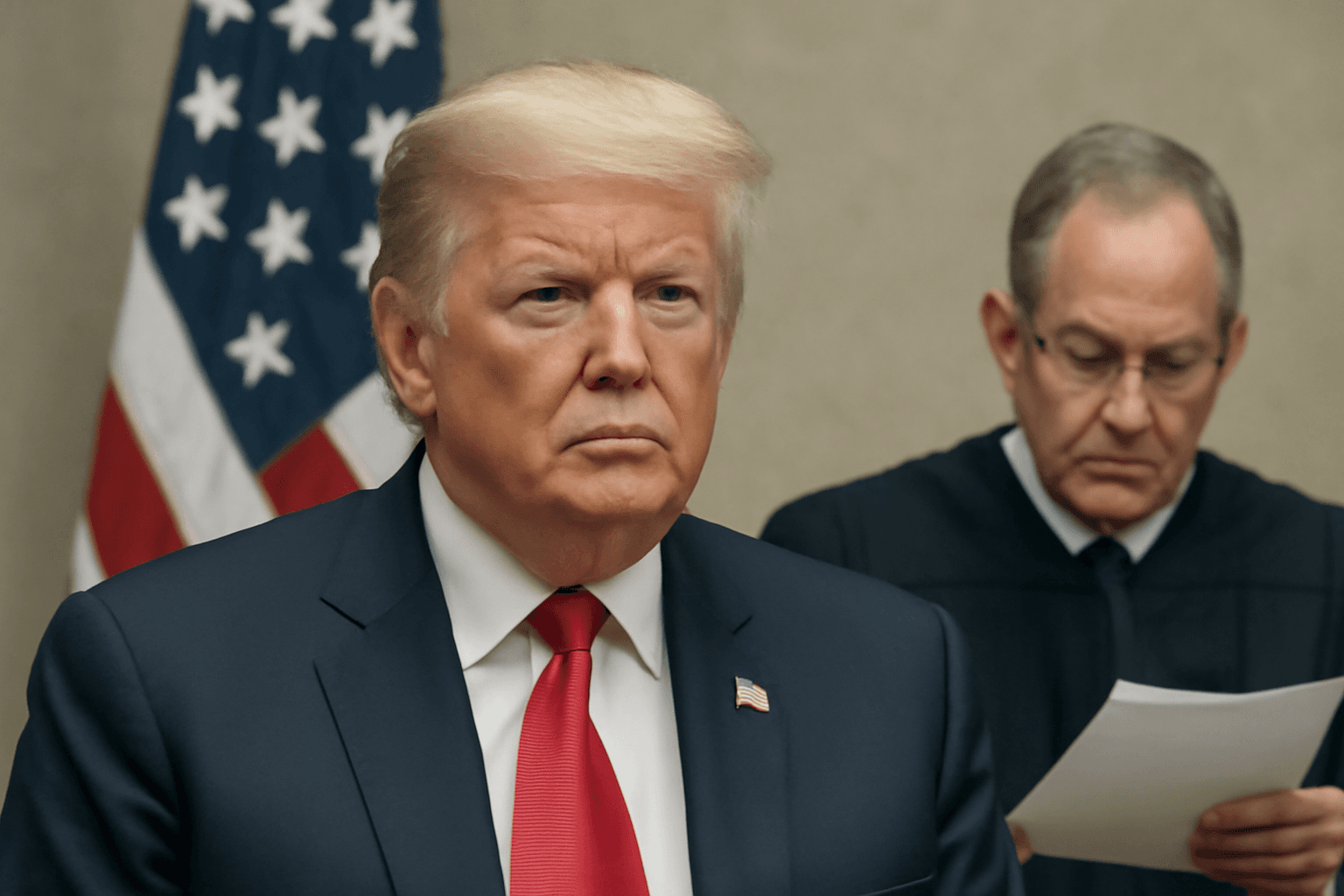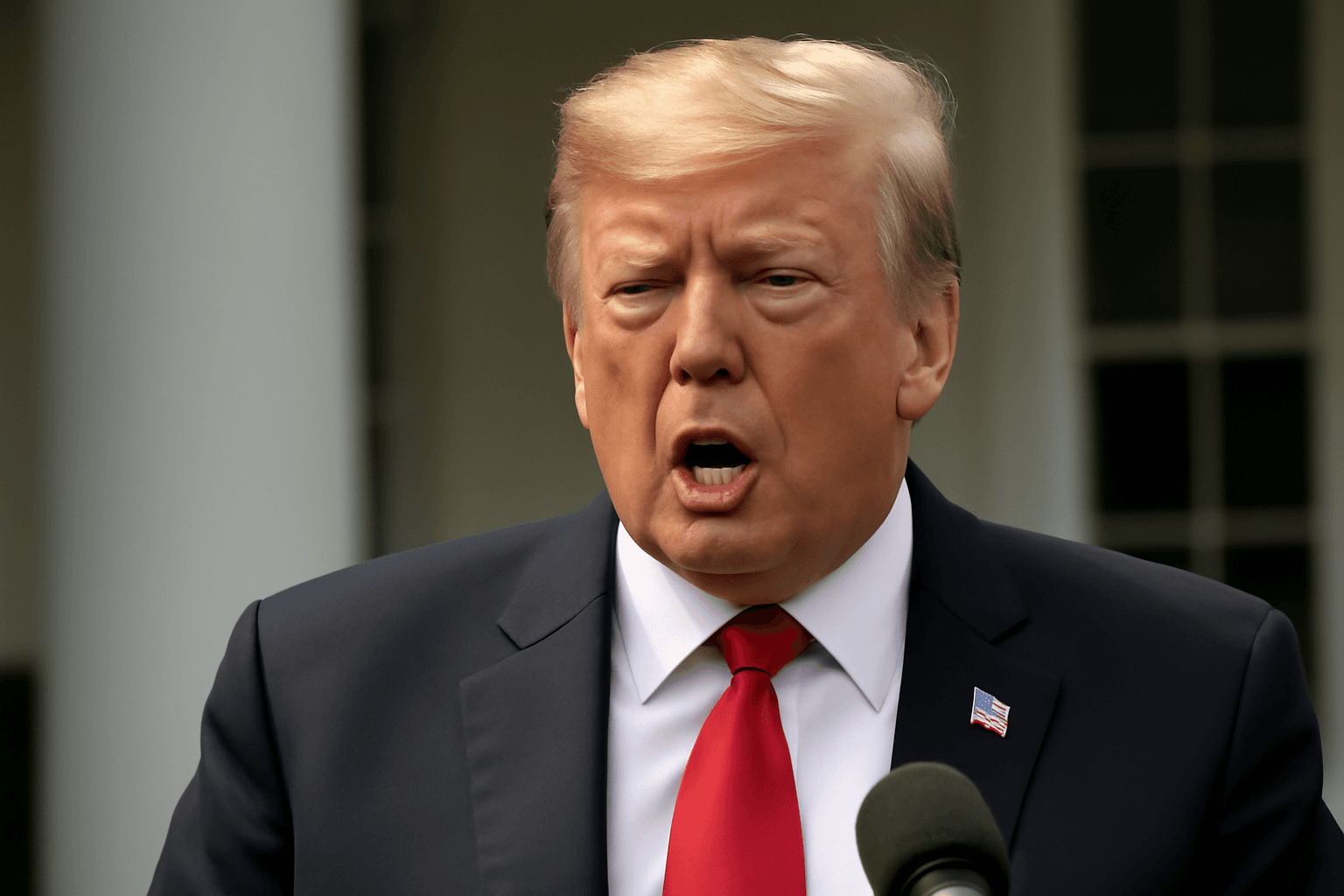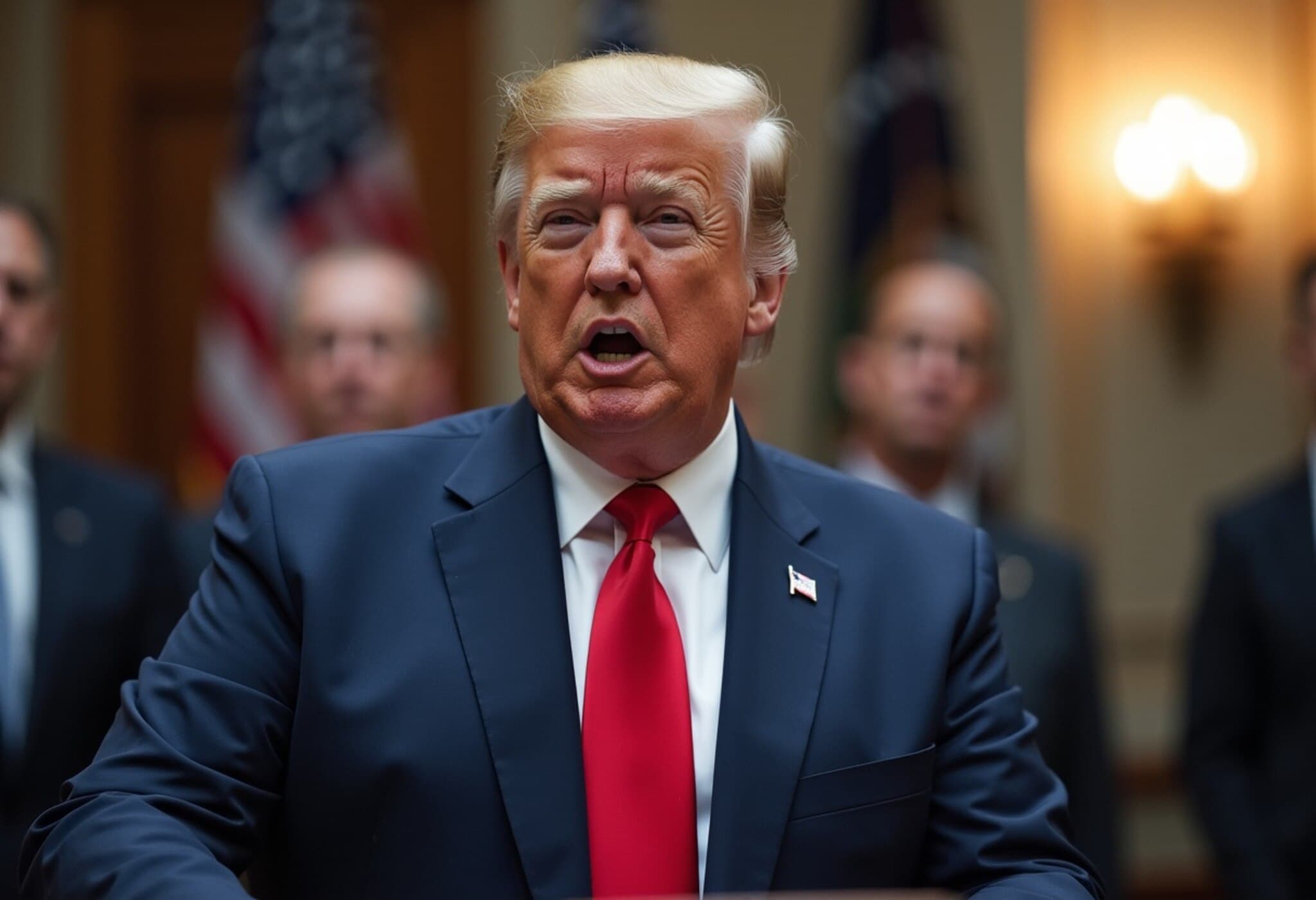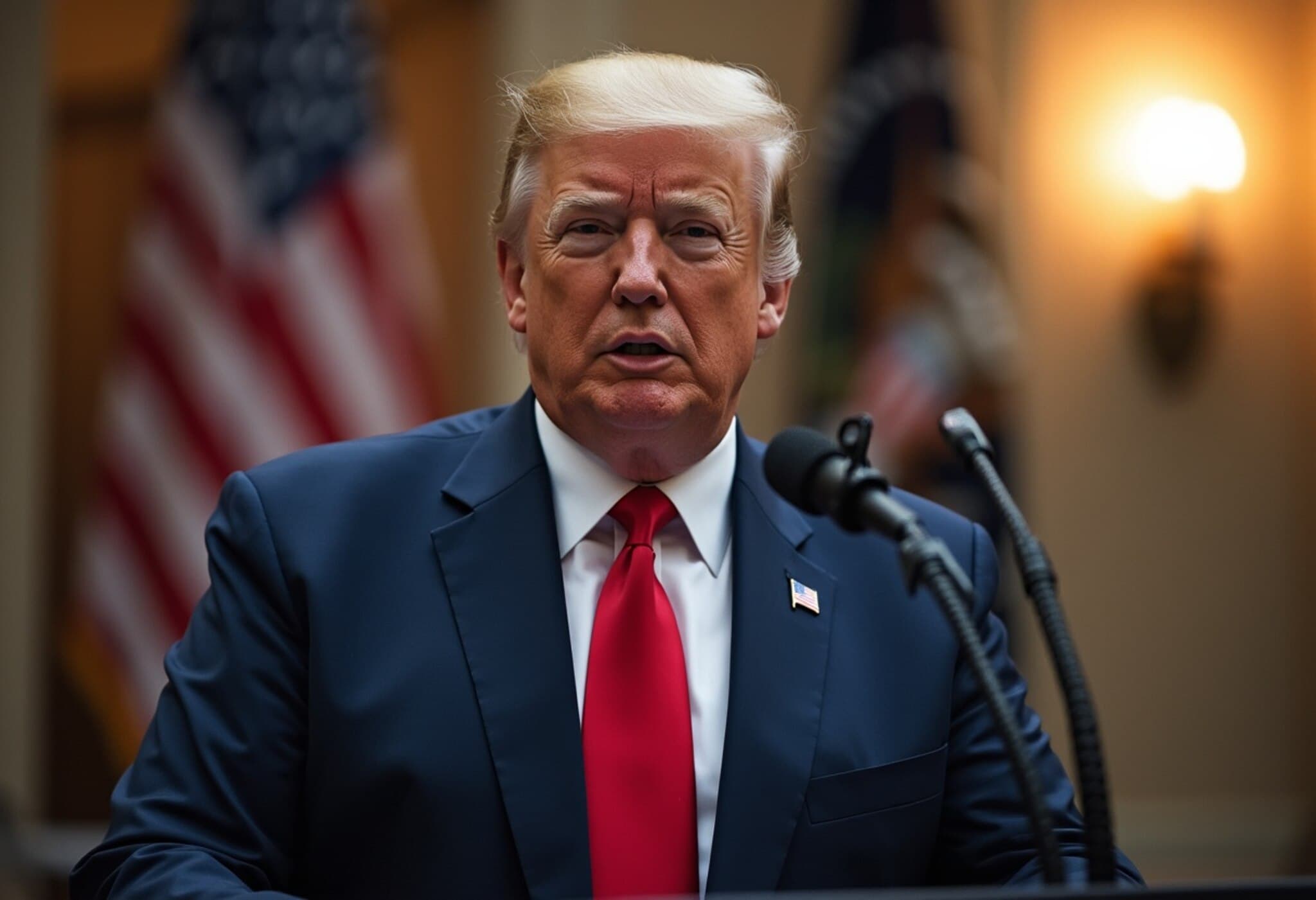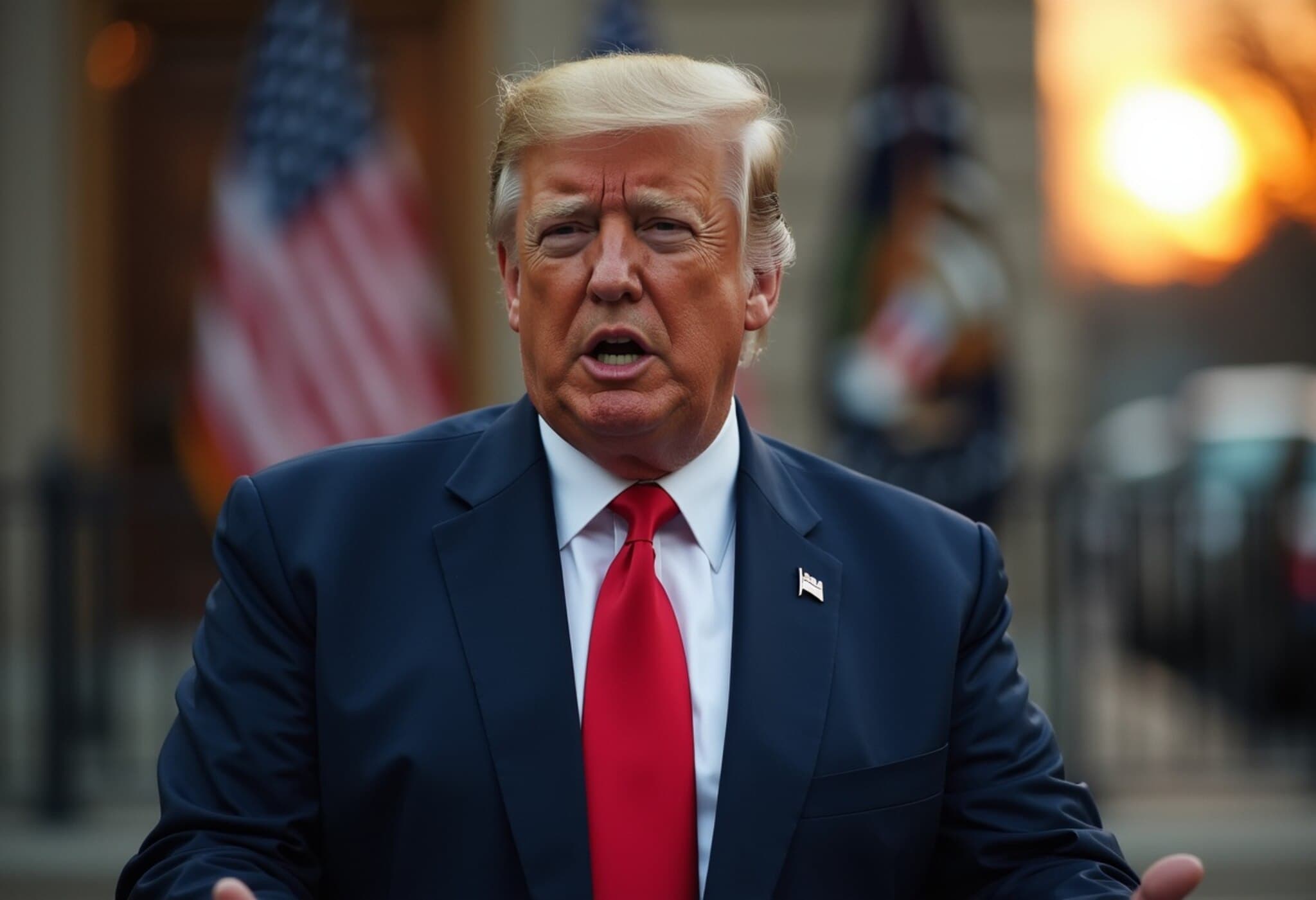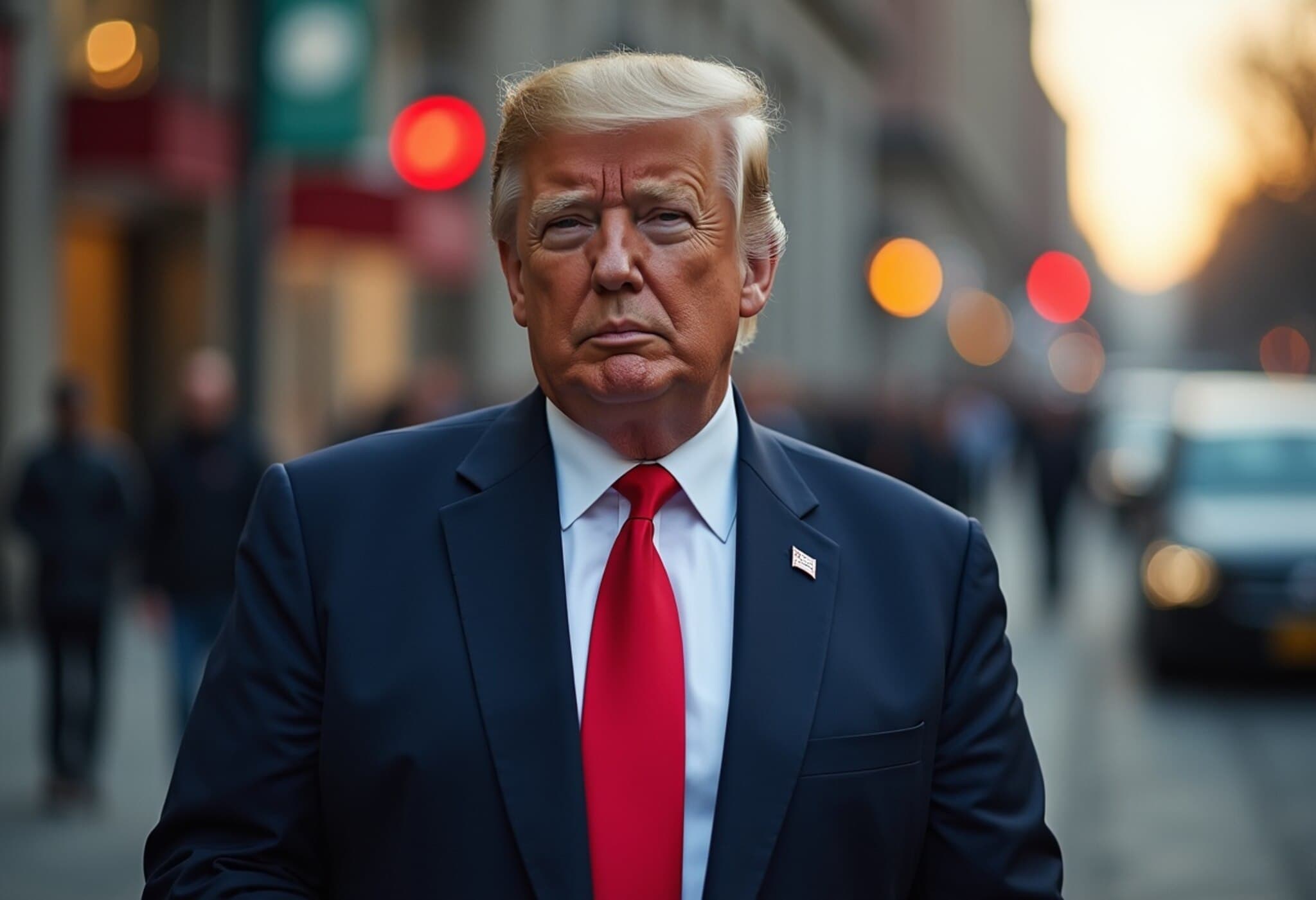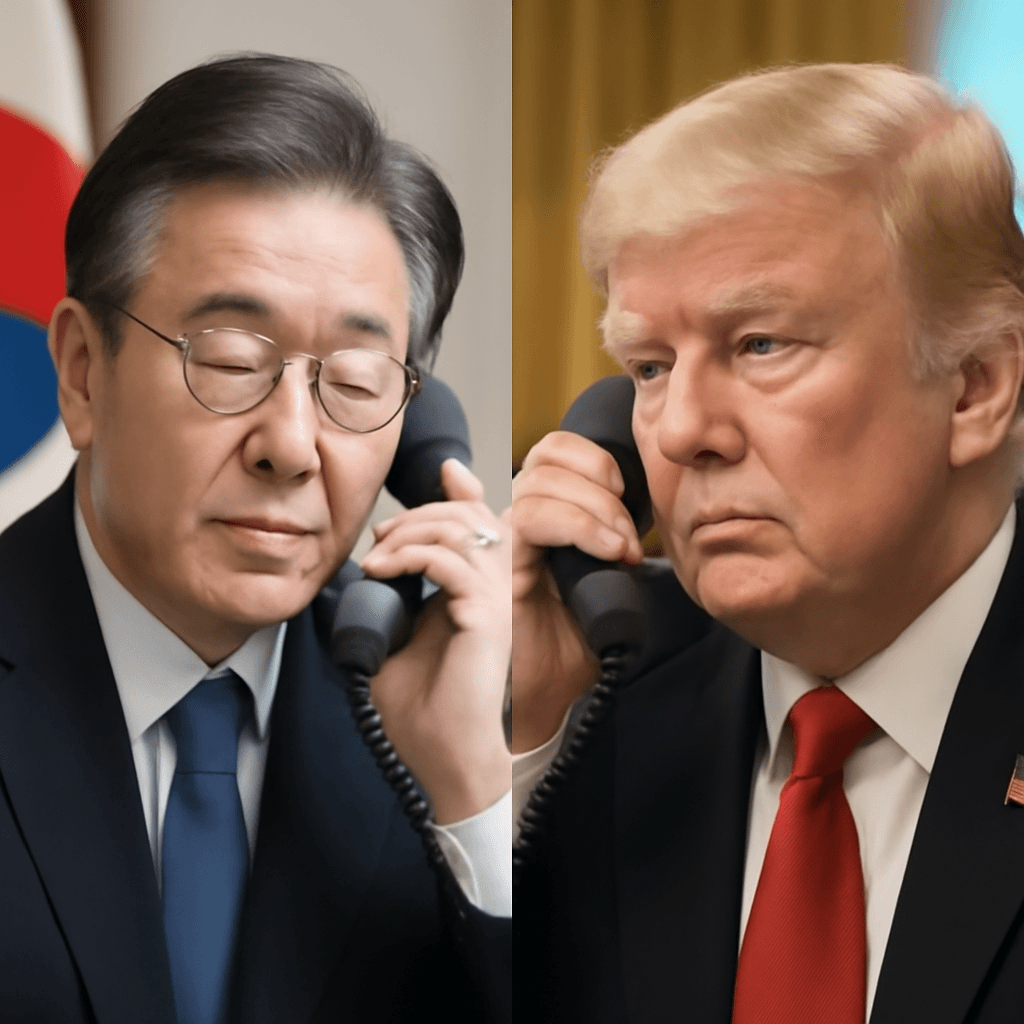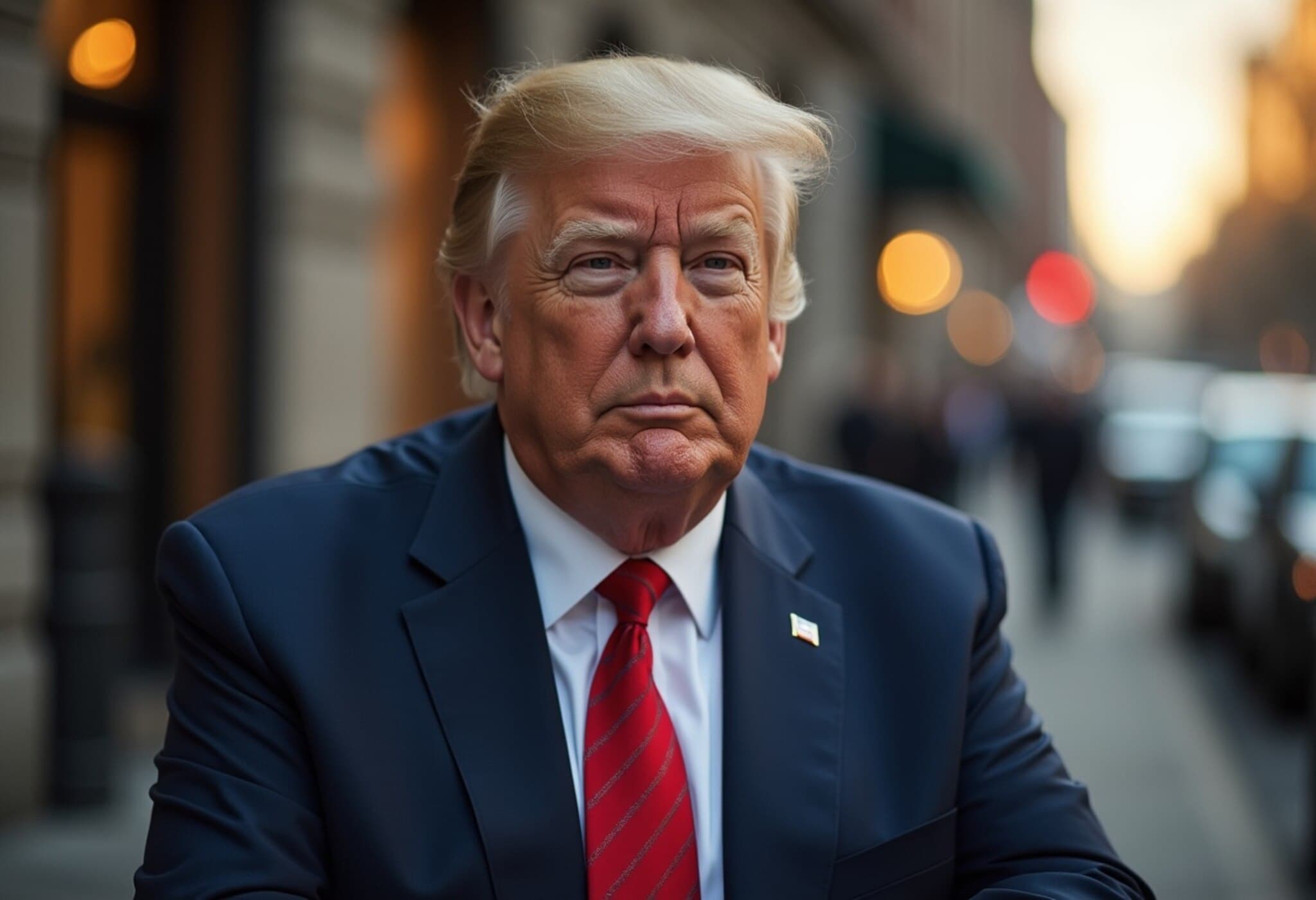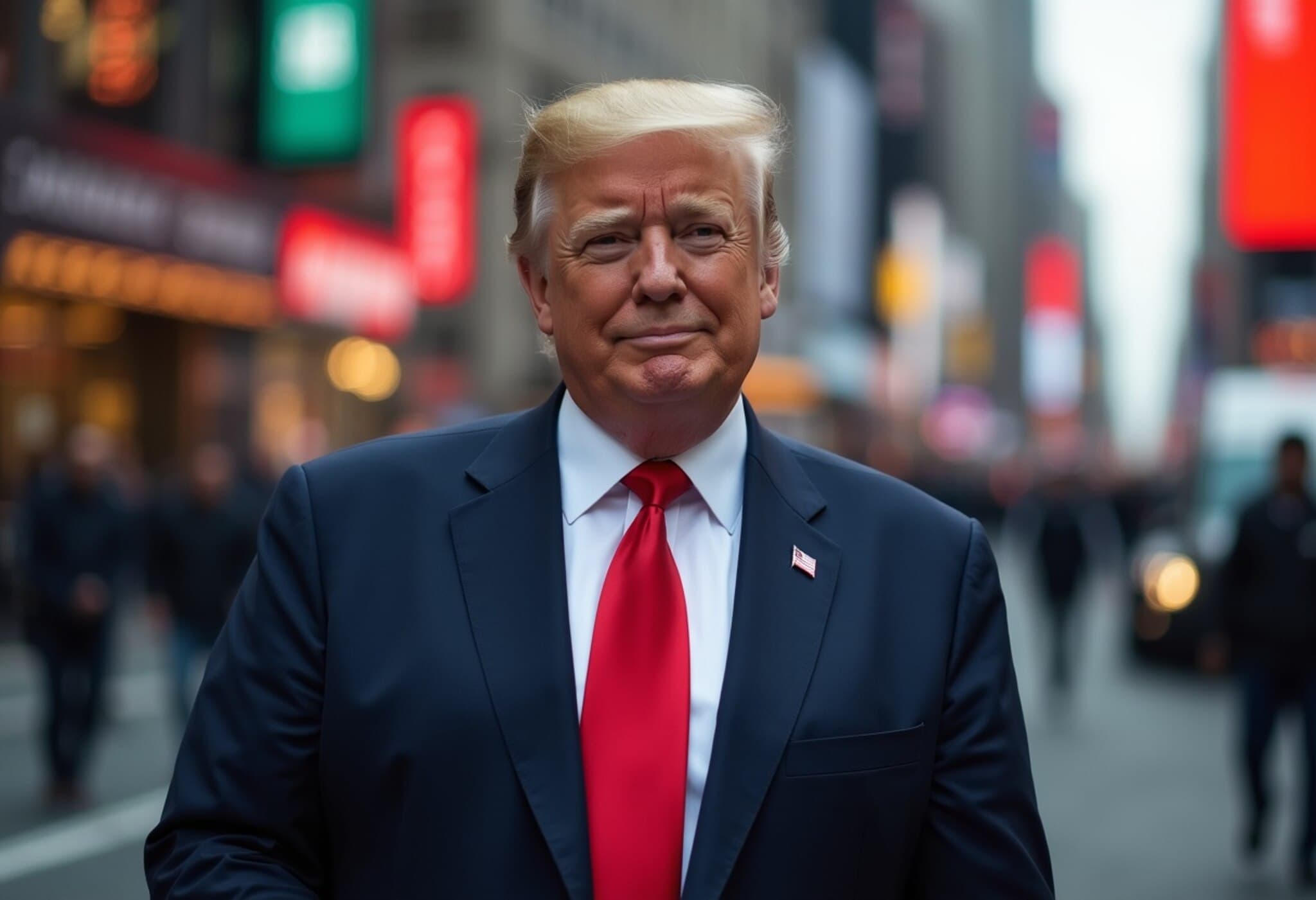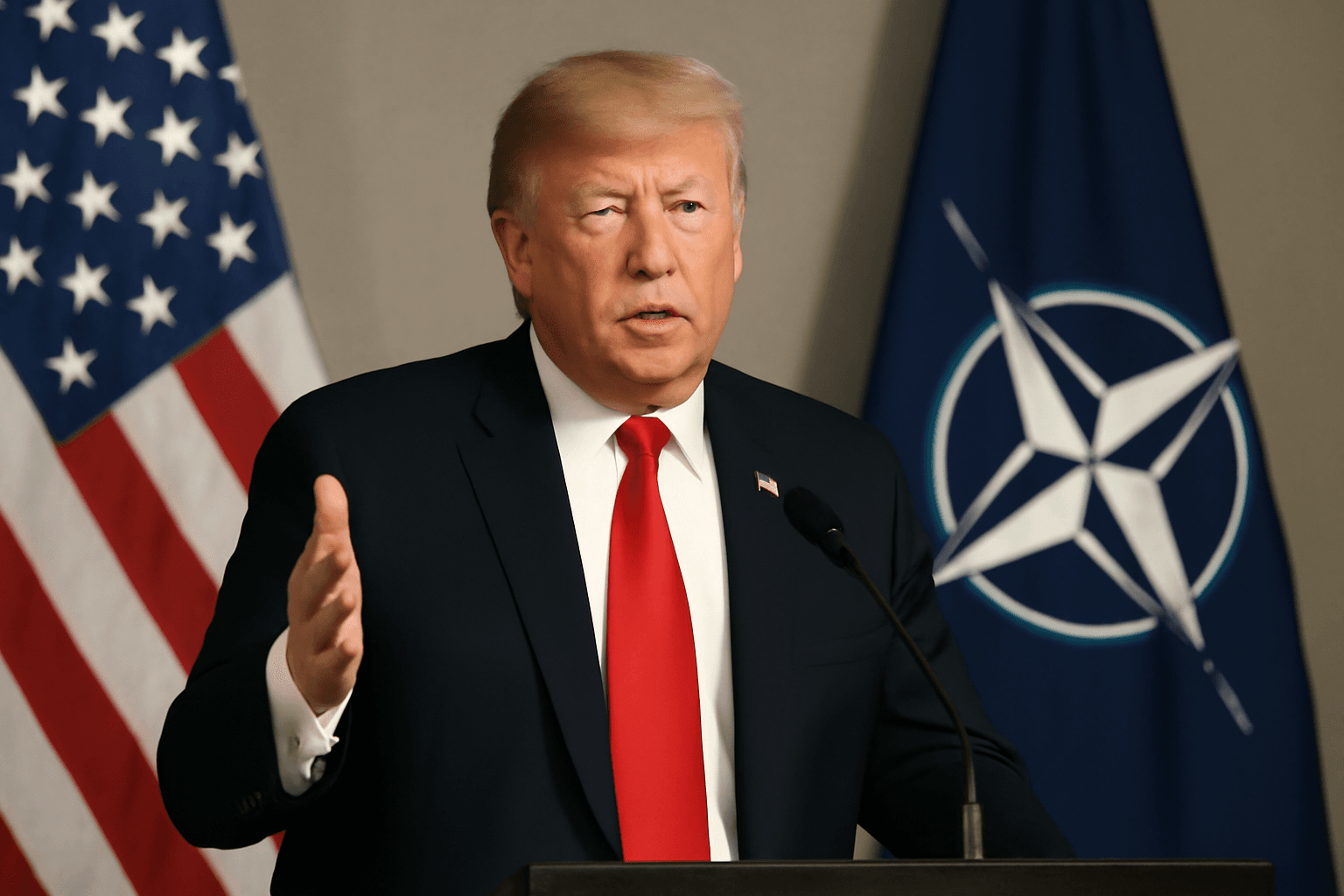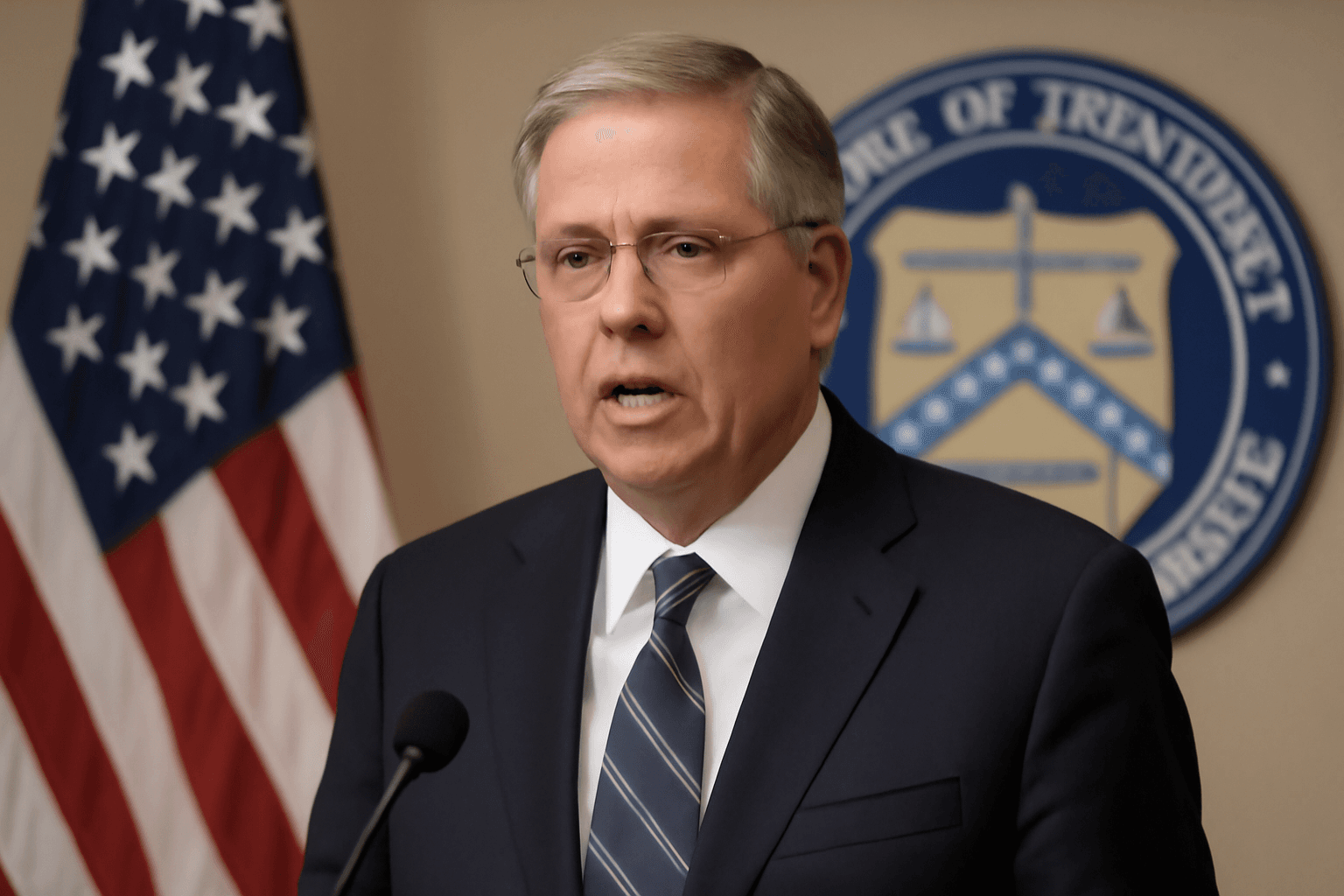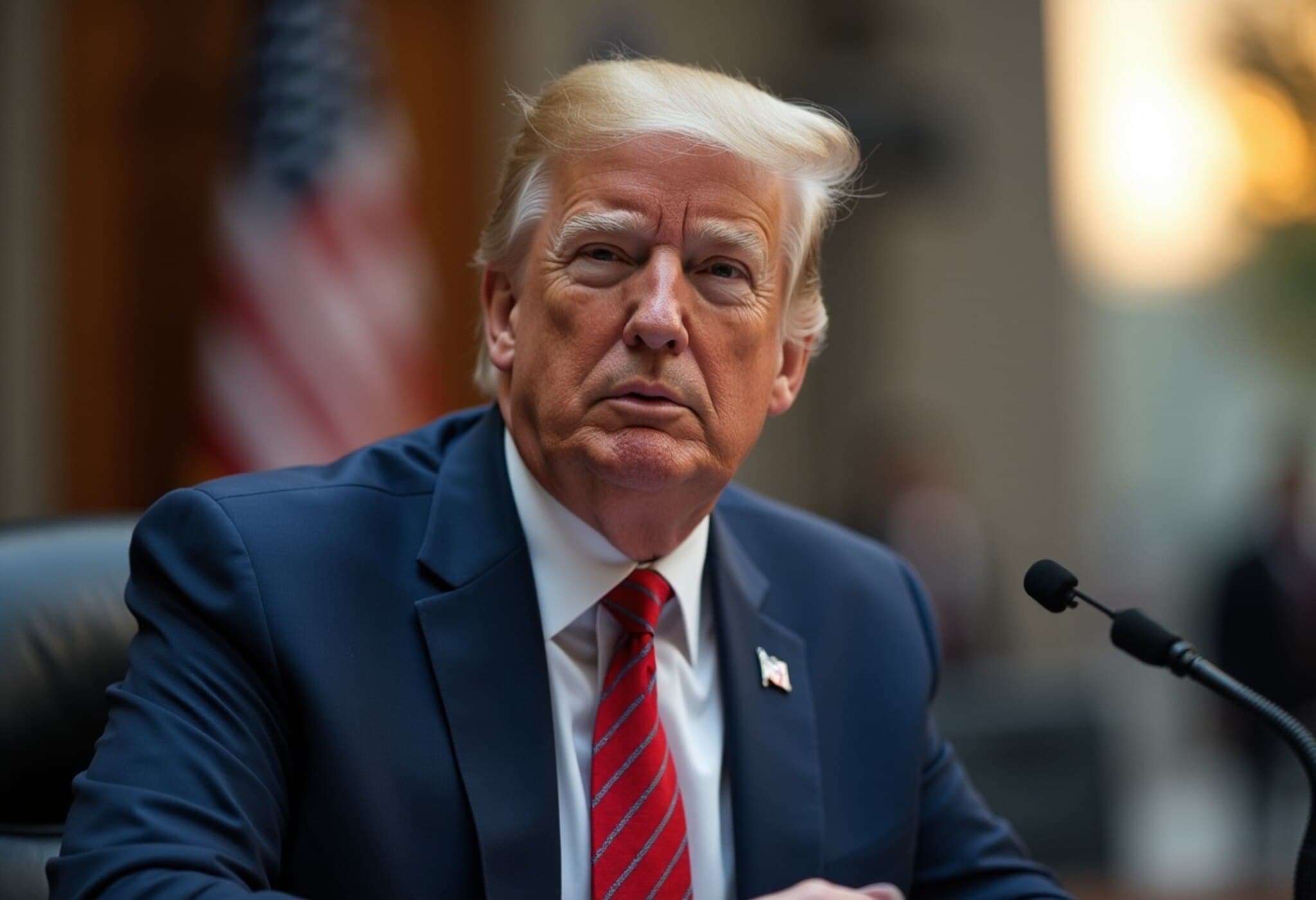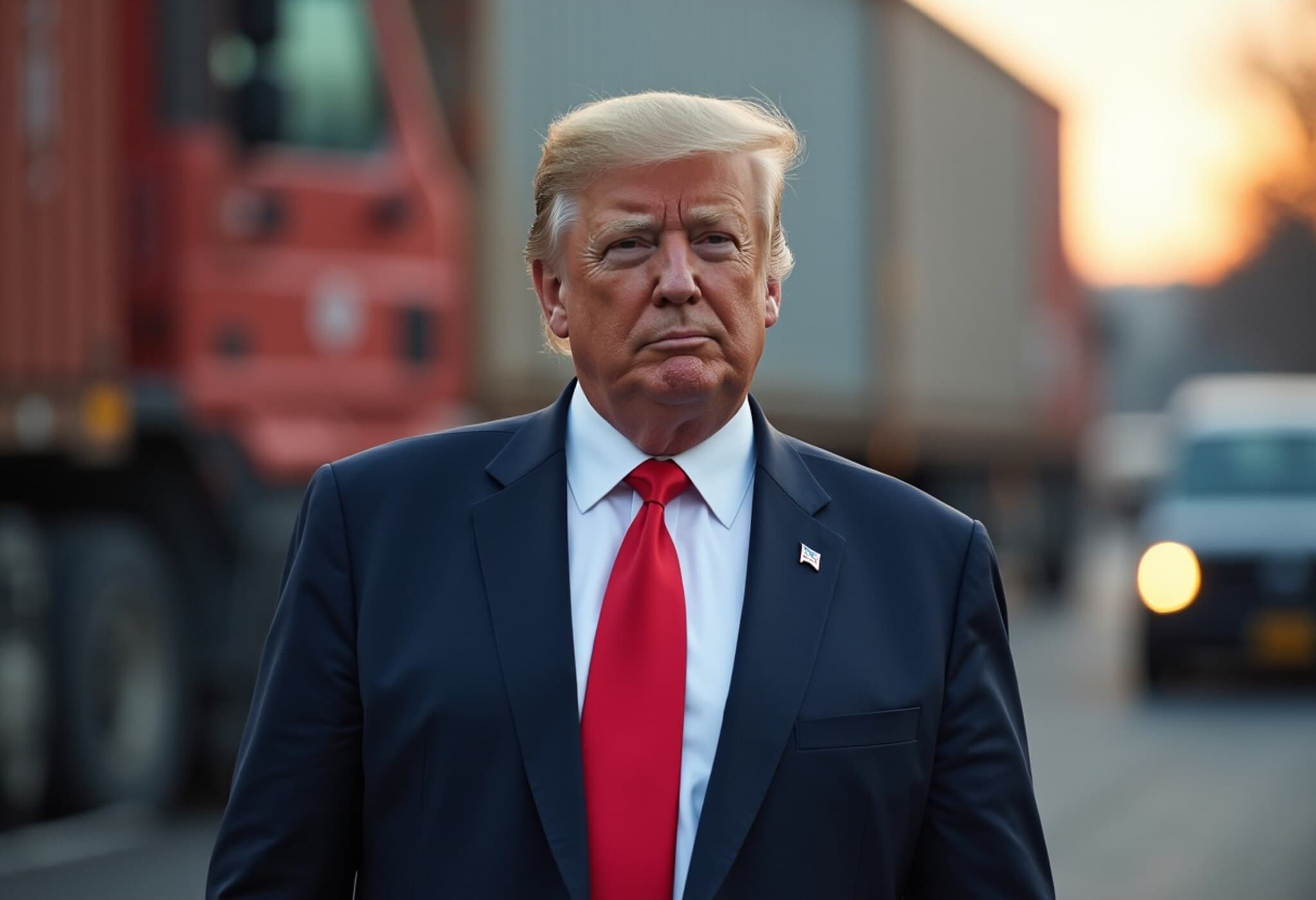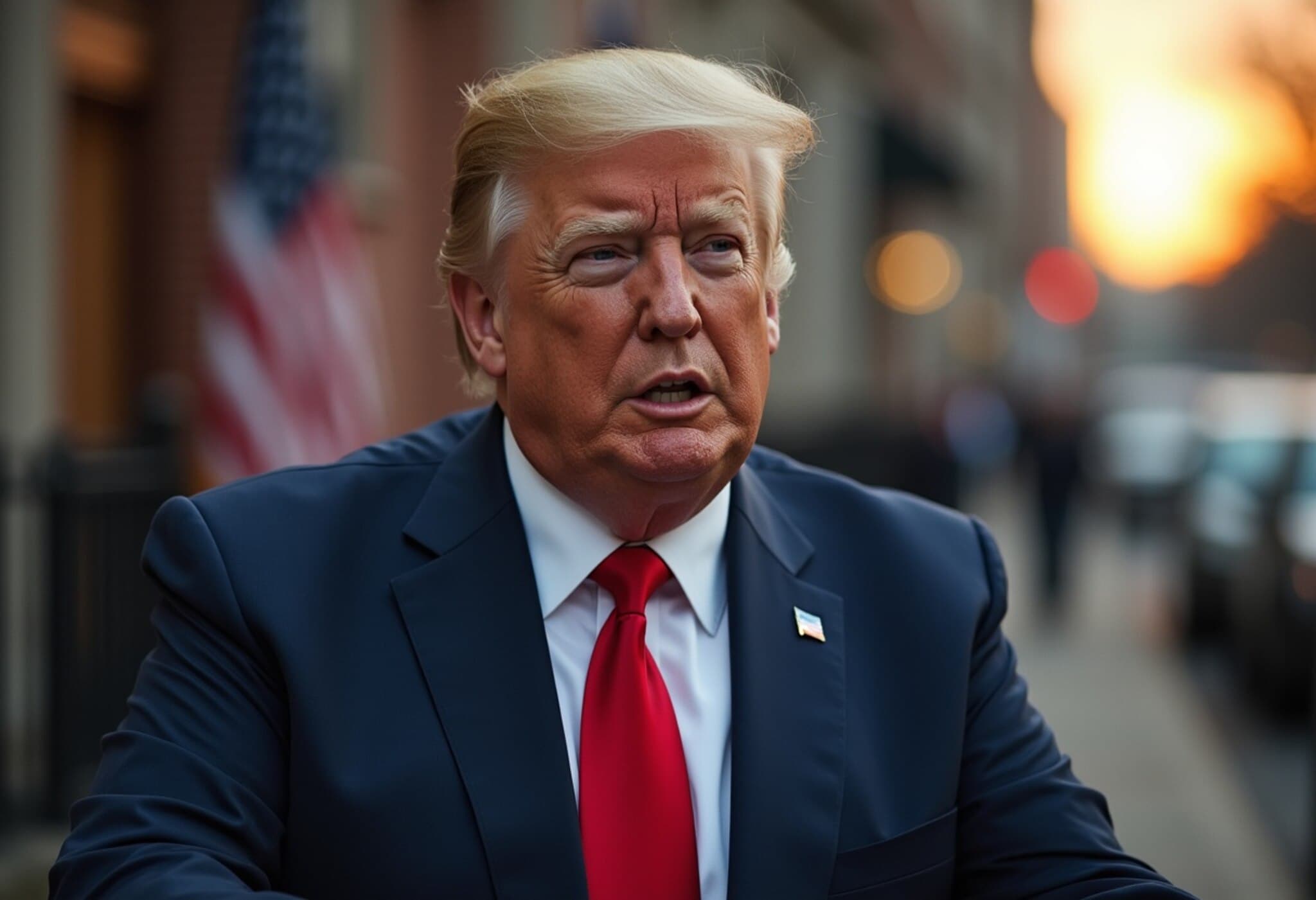Trump Signals New Tariff Letters for Smaller Countries with Rates Surpassing 10%
In a recent announcement on July 15, 2025, President Donald Trump disclosed plans to notify smaller nations of their specific U.S. tariff rates through formal letters expected to be released shortly. Speaking to reporters after an event at Carnegie Mellon University in Pittsburgh, Trump emphasized his satisfaction with current "simple deals" that set uniform tariff rates for over 20 countries, while promising similar clarity for other countries soon.
Streamlining Tariffs with a Broad Brush
Trump suggested that the upcoming notification would likely impose a single tariff rate, estimated at just over 10%, applicable to many smaller countries. This approach aims to simplify trade policy, reducing complexity around tariffs that often vary significantly by country and product.
"We'll be releasing a letter soon, talking about many countries that are much smaller," the president stated, underscoring his administration’s intention to extend the tariff framework comprehensively.
Context and Implications for Global Trade
This move forms part of a broader U.S. strategy to renegotiate and recalibrate trade relationships, often with a focus on protecting domestic industries and reducing trade deficits. While larger economies have had clearer agreements established, smaller nations are now seeing more definite tariff expectations outlined, which could impact their export competitiveness and economic ties with the U.S.
Trade experts highlight that a flat tariff rate for multiple small economies could streamline administration but may also generate challenges. Countries with diverse economic profiles may face disproportionate impacts under a uniform tariff percentage. Moreover, smaller countries heavily reliant on exports to the U.S. could experience economic strain, which raises concerns about the broader diplomatic and economic repercussions.
Expert Commentary: Balancing Simplification with Fairness
Dr. Ellen Prescott, a trade policy analyst at the Council on Foreign Relations, notes, "While setting a uniform tariff for smaller countries may simplify enforcement and reduce ambiguity, it risks overlooking the economic nuances and vulnerabilities unique to each nation. Policymakers need to balance efficiency with fairness to avoid unintended consequences that could alienate trade partners or disrupt supply chains.”
Furthermore, this tariff announcement comes amid a global landscape marked by ongoing trade tensions and supply chain recalibrations. U.S. businesses and consumers might feel effects in pricing and product availability, underlining the importance of careful evaluation in tariff policy adjustments.
Looking Ahead: What This Means for the U.S. and Its Trade Partners
- For smaller countries: Early notification provides a chance to anticipate economic impacts and engage in dialogue with the U.S. government.
- For U.S. exporters and importers: Predictable tariffs could aid in planning, though any increase above 10% might translate to higher costs.
- For policymakers: The balance between trade protection and global cooperation remains delicate amid these tariff changes.
As the situation unfolds, stakeholders are encouraged to monitor official communications closely and consider long-term effects on international relations and market stability.
Editor’s Note
President Trump's imminent release of tariff letters to smaller countries, with rates expected to exceed 10%, marks another step in refining America's trade policy. While the simplification of tariffs might ease administrative burdens, it raises critical questions about fairness and economic impact on less robust economies. As global trade dynamics evolve, continuous assessment and responsive policymaking will be vital to ensure that the delicate balance between protecting domestic interests and fostering international cooperation is maintained.



